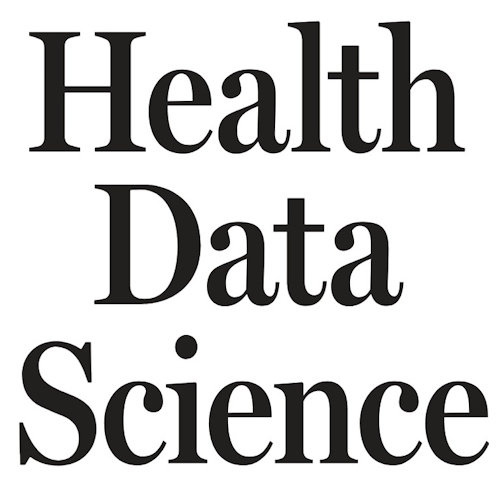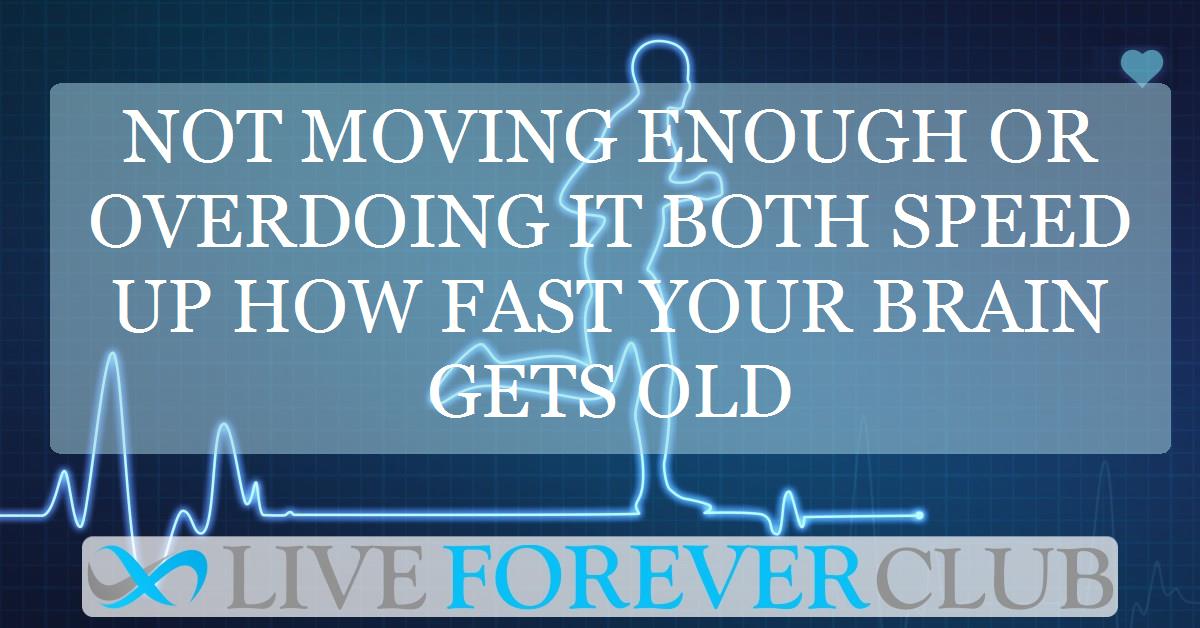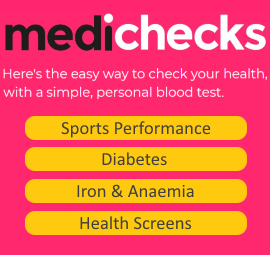In a world obsessed with hitting step counts, running faster, or lifting heavier, it’s easy to believe that more physical activity always equals better health. Exercise is widely promoted for its benefits on weight, heart, mood, and even lifespan. But when it comes to the brain, does this “more is better” philosophy hold true?
A new study by researchers from China, based on data from the UK Biobank, reveals a surprising twist. It turns out that physical activity can both protect and accelerate brain ageing, depending on how much you do. And for the first time, researchers have precisely measured this effect using a combination of wearable devices and artificial intelligence driven brain scans.
This research not only redefines how we think about exercise but also offers a futuristic glimpse into how brain health might one day be monitored with data, not just symptoms.
Measuring Brain Age, Beyond the Mirror and Memory
The concept of "brain age" is simple but profound. Using neuroimaging and machine learning, scientists can now estimate how old your brain looks based on its structure and function, rather than relying on your birth certificate. If your brain appears older than your actual age, that is considered accelerated ageing. The gap between your predicted brain age and your real age is known as the Brain Age Gap, or BAG.
In this study, researchers trained an AI model called LightGBM using over 1,400 features from MRI scans of nearly 17,000 people. This model estimated each participant’s brain age with impressive accuracy. Once adjusted for age bias, the model could predict brain age within three years of a person’s actual age. That is an extraordinary achievement given the complexity of brain structure.
But the real breakthrough came when the team cross referenced these brain age estimates with a completely different kind of data, physical activity, captured objectively by accelerometers worn on the wrist.
Tracking Movement, Not Memories
Most studies on exercise rely on people remembering how much they moved. That is a problem because self reporting is often flawed by forgetfulness or exaggeration. In this study, participants wore accelerometers on their wrists for seven straight days. These devices recorded the frequency and intensity of movement around the clock.
Researchers categorised physical activity into four intensities, light (LPA), moderate (MPA), vigorous (VPA), and combined moderate to vigorous (MVPA). The data offered a reliable and unbiased measure of how active each person was.
With this rich dataset in hand, the team looked for patterns. They wanted to know how time spent moving at different intensities related to the biological age of the brain.
A U Shaped Surprise, Not Too Little, Not Too Much
The answer was not linear. It was not that more movement meant a younger brain. Nor did being sedentary always predict an older one. Instead, the researchers found a consistent U shaped curve.
Across all activity intensities, from light to vigorous, both very low and very high levels of activity were associated with older brain ages. Meanwhile, moderate levels of activity, whether that was light walking or vigorous exercise, were associated with younger brains.
This discovery upends a common assumption. It suggests that balance matters more than intensity. A walk in the park may offer as much long term brain benefit as a spin class, so long as the activity stays within that optimal middle range.
Brain Age as a Mediator of Mental Function
The study did not stop at structural imaging. It also explored how brain age interacts with cognitive function and mental health. Participants completed cognitive tasks like reaction time and memory tests. Medical records were also examined for conditions such as dementia, depression, and stroke.
Interestingly, the brain age gap served as a mediator in these relationships. In other words, the level of physical activity influenced brain structure, which in turn influenced thinking ability and risk of disorders. For example, moderate to vigorous activity improved reaction time partly because it reduced the biological ageing of the brain.
This supports the idea that brain age could one day be used as an early warning system for cognitive decline. If your brain starts ageing faster than your body, interventions like adjusting exercise levels could help slow down or even reverse damage before it becomes clinically visible.
Why Too Much Can Be Harmful
So why does excessive exercise correlate with worse brain health? The researchers suggest several possible biological mechanisms. One is oxidative stress. Intense and prolonged physical activity can produce harmful molecules that overwhelm the brain’s defences. Another is inflammation, a known contributor to neural ageing and degeneration.
At the other end, too little movement restricts blood flow and oxygen to the brain. It also lowers production of crucial neurotrophic factors, proteins that help brain cells grow and stay healthy.
The sweet spot lies somewhere in the middle, where activity boosts brain function without tipping the balance into stress or inflammation. This aligns with other findings in ageing research, where moderation often beats extremes.
Smarter Devices, Sharper Brains
The study’s use of accelerometers shows the potential of wearables in preventive health. Already, fitness trackers log our steps and heart rates. In the near future, they could help estimate brain age, guiding users toward optimal activity patterns tailored to their own physiology.
The machine learning model used in the study, LightGBM, performed better than previous tools. It handled vast and complex datasets with ease, suggesting future health apps could one day incorporate similar models to offer brain health scores, much like we get heart rate summaries today.
Limitations and Future Directions
Of course, this research is not perfect. It was cross sectional, meaning it captured a snapshot in time rather than tracking people over years. That limits its ability to prove cause and effect. Also, the UK Biobank cohort is not fully representative of global populations, as it is predominantly White and composed of healthier than average volunteers.
Still, the findings are a significant leap forward. They suggest that too much of a good thing, exercise, can become bad for your brain. They also show how machine learning and wearable tech can work together to monitor something as elusive as brain ageing.
Future studies could explore this relationship over time, test whether changes in physical activity cause changes in brain age, and refine the U shaped model to personalise exercise guidelines.
Rethinking Movement for Brain Health
This study challenges the notion that we should always push ourselves harder. When it comes to brain ageing, more is not always better. The best protection seems to come from moderate, consistent movement, whether that is walking your dog, cycling to work, or dancing in your kitchen.
As science advances, we may no longer need to wait for memory lapses or neurological scans to know how our brains are doing. A simple fitness tracker, interpreted through an AI model, might one day warn us when our brains start ageing faster than they should.
And that is when slowing down might just be the smartest move.
The study is published in the journal Health Data Science. It was led by researchers from Hangzhou Normal University.







